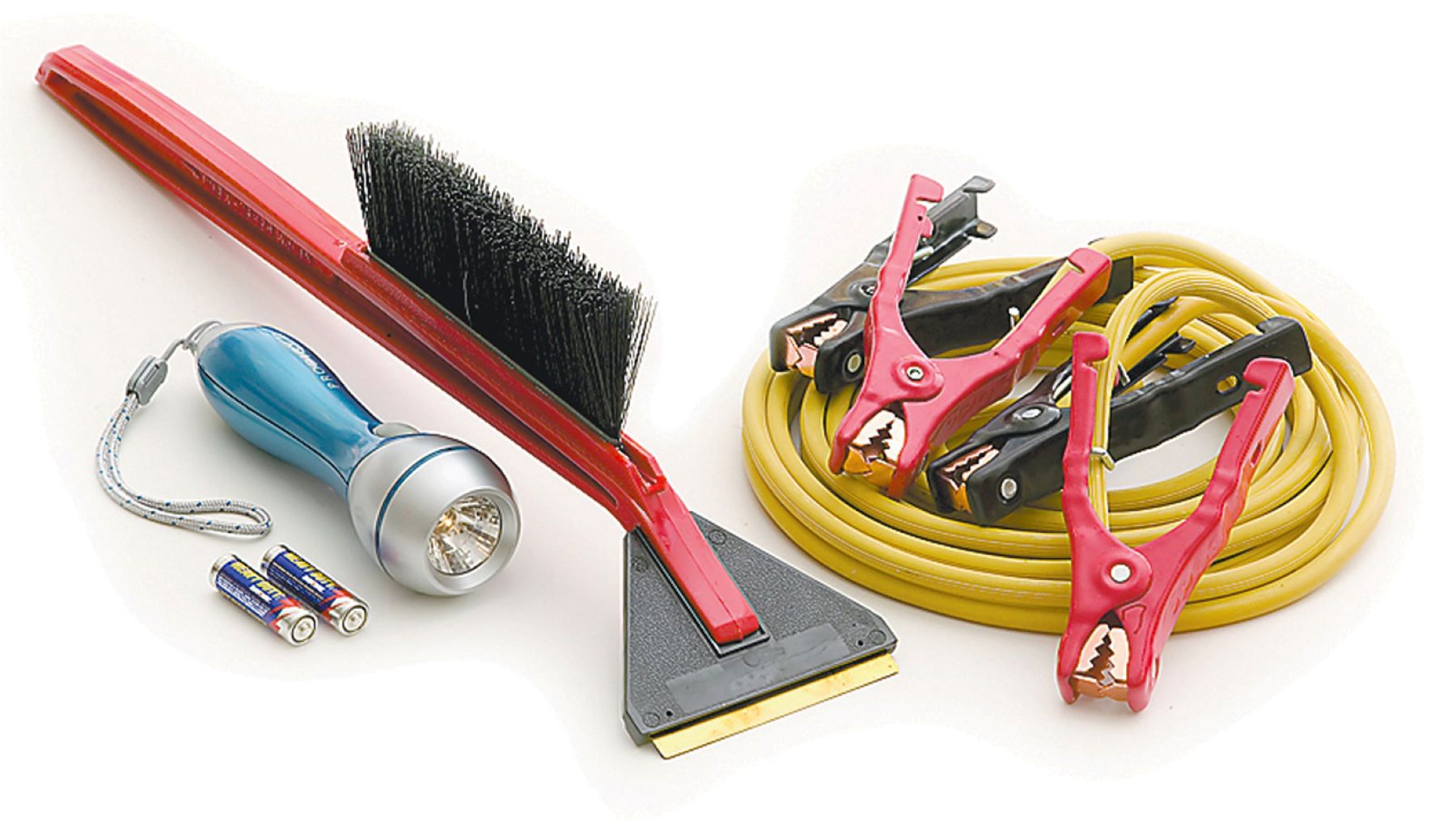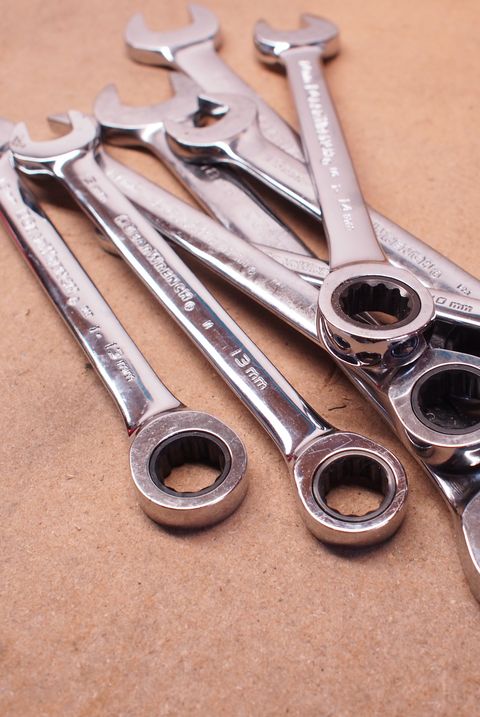
Here are some ideas to keep warm in the car during winter. You can also use handwarmers or block heaters. Regardless of the method you choose, be sure to try one or several before heading out. You'll be glad you did! It will make your life easier, save you time, and help you be more productive.
Reflective Foam Insulation
Reflective foam insulation will keep your car's interior temperature above freezing by adding it to its windows. The reflective insulation installed on your car's windows will keep heat from escaping, and prevent cold air rising from the ground. You can purchase reflective foam insulation that has reflective aluminum on both sides. This type of insulation is simple to install and costs very little. Reflective foam is also effective in keeping your car warm even in the winter.

Block heaters
If you drive in certain parts of the United States or in cities all over the world, you've probably seen cords from cars. Even if you don’t live in these areas plugging in your car into the socket is a common evening ritual. It's possible you might wonder about the purpose of block heaters, and how they work. This article will help you understand this topic. Block heaters are electrical devices that are installed in the engine.
Steering wheel warmer
One way to stay toasty inside your car is to buy a steering wheel warmer. These plug into the car's power socket and release a warm temperature to keep your hands toasty. If you don’t have one, disposable handwarmers can be stored in your car. You can easily remove them and place them in the trunk or glove box when not in use.
Hand warmers
Hand warmers will keep your hands warm inside your vehicle. These handy little gadgets are affordable and easily found in grocery stores, pharmacies, big-box shops, and other retail outlets. Hand warmers with the best results are reusable and can keep your hands heated for at least one hour. Some are rechargeable in hot water, which makes them ideal for occasional use. However, hand warmers may not be rechargeable.

Insulating windows
There are several simple steps you can take to insulate your car's windows. You can start by purchasing self-adhesive weather stripping that you can cut to your desired size. You can heat the strips with a hairdryer after you have installed them. Weather-stripping, which runs the length of the window, can be used to provide a permanent solution. You can seal any gaps with adhesive-backed foam. You can also buy cellular shades if you don't have weather stripping adhesive. These shades insulate your windows, but allow light through.
FAQ
What do I need to know about car mechanics?
Auto mechanics don't require any knowledge. It's enough to know how to fix things. This is why most people get started with simple jobs such as changing brake pads or tires. Then they move on to more difficult repairs.
It is important to be able to read and understand diagrams as well as written instructions. You must also be able judge if parts need to replaced or repaired.
It is important to understand that vehicle repairs should only be attempted by those who have received the proper training. This is especially important if you work with expensive parts such as transmissions or engines.
Although you won't be required to know much about cars you should have a solid understanding of the fundamentals and principles of mechanical engineering. This means understanding the principles behind how engines work and how brakes function.
It is important to realize that you must be ready for all types of situations. For instance, you might find yourself in charge of a vehicle that has been in a serious accident. You'll also need experience dealing with breakdowns and accidents.
Finally, you need to be willing and able to quickly learn new skills. It is important to be able both to diagnose problems and perform simple maintenance tasks, such as tightening nuts.
How do I prepare for a mechanic apprenticeship?
It is important that you understand the ramifications of your actions. You must understand the workings of cars. You will be able to know exactly where to begin when you arrive at the garage for your first day.
Also, you need to know how fix simple problems, such as tires and lights that aren't working.
You will be able to diagnose and repair problems yourself.
For the purpose of putting them back together again, you'll need to be able to identify how each piece fits together.
And finally, you must know how to use tools safely and efficiently.
All these aspects will help you become a competent technician.
How long is an automotive course?
An automotive course lasts for three years.
The first year focuses on theory and learning about cars. The second year is dedicated towards practical training. This includes learning how to drive, fix engine problems, and doing other maintenance jobs around your car. The final year includes a placement at an auto shop. This gives you real-world experience fixing real problems.
Statistics
- There were 749,900 jobs available for automotive service technicians and mechanics in 2016, which is expected to grow by six percent through 2026. (jobhero.com)
- 52% of Mechanics in the United States think their salaries are enough for the cost of living in their area. (indeed.com)
- Apprentice mechanics earn significantly less hourly than mechanics who have completed training, with a median wage of approximately $14.50 an hour, according to PayScale. (jobhero.com)
External Links
How To
How to diagnose your vehicle properly for repair
The symptoms of your vehicle are the first thing you need to look at in order to determine whether it is in dire need of repairs. You can then follow these steps for a proper diagnosis of your vehicle.
-
Check engine lights. The dashboard light indicators, including the engine light, oil pressure gauge, battery light indicator, coolant temperature gauge and RPM gauge, should be checked. If they have been flashing for more days than usual, it could be a sign that something is wrong with the vehicle.
-
Take a look at the treads. Tires with worn treads could cause problems when handling or braking. Also, inspect the treads of your wheels. They should be smooth and clean. It is best to take off the wheels and remove them. To check the condition of your treads, use a flashlight.
-
Pay attention to the level of your brake fluid. You should always keep track of the amount of brake fluid in your vehicle. This helps ensure that your brakes operate properly. If the brake fluid level is low, your brakes might fail when you apply pressure to them.
-
Make sure to test the suspension system. A suspension system is designed to absorb vibrations and shocks. It allows for better control, smooth acceleration, and deceleration. A suspension problem can cause your vehicle to feel wobbly and shake uncontrollably. To determine whether your vehicle may have a suspension issue, you can try to put weight on the rear or front axle and watch the movement.
-
Examine the steering wheel. Steering columns connect the steering wheels to other parts of the vehicle. Sometimes, steering columns are damaged by accidents. If yours feels loose or shaky, you should replace it.
-
Pay attention to the exhaust pipe. Exhaust pipes help move gases from the combustion chamber to the atmosphere. Your cabin will be effected if your exhaust pipe cracks or leaks. Also, if your tailpipe is bent, you should fix it immediately.
-
Look under your hood. Take a look underneath the hood to find any strange or unusual items. There could be fluid leaking from your engine. If you smell something strange coming from your engine compartment you should call a professional technician.
-
You should inspect your air filter. The air filter in your vehicle collects dirt and dust from the environment. A dirty air filter causes your vehicle to run poorly. Replace your air filter regularly.
-
Make sure you check the fan belt. Your vehicle's fan belt connects the engine to the transmission. The engine will not turn if the fan belt breaks. The process of replacing the belt is straightforward. All you need is a screwdriver and some pliers.
-
Check the radiator hose and hoses. The radiator hose carries water from the radiator to the engine. If it becomes cracked or damaged, it can leak hot liquid onto the engine. You only need a pair of needle-nose pliers and a small wire brush to repair the hose.
-
The windshield wipers should be checked. Windshield wipers use electricity to clean away snow and rain. If they stop working they could leave streaks behind on your window glass. You can fix the problem by changing the washer fluid.
-
You should inspect the cables. The battery cables provide power for the electrical systems in your car. When you replace batteries, make sure to disconnect the negative cable first. Failure to do so can damage your alternator.
-
Make sure your headlights are working properly. The headlights provide illumination for the road ahead. It can lead to poor visibility if they aren't working properly. You can check the bulbs to make sure they aren't burned out.
-
Always check your lights. The lights are there to warn other drivers if they approach you at night. One that doesn't work could cause you to be distracted, and possibly lead to an injury.
-
Make sure you check your brakes. Before you have a collision, brakes slow down your car. You may lose control of your vehicle and crash if the brakes don't function properly.
-
Make sure to change the oil. Keep your engine lubricated with oil. It helps keep metal parts from getting too worn down. It is recommended that you change your oil at least once per month.